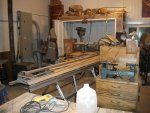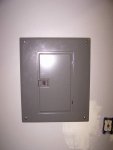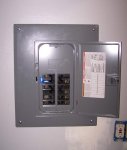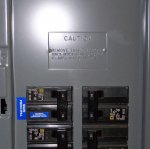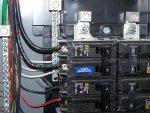Bill Lantry
Member
- Messages
- 2,663
- Location
- Inside the Beltway
It's possible Vaughn's suggestion is the best yet: that you do it yourself, with your own hands, but with a set of experienced eyes watching over your shoulder. That way you learn (and I do think everyone should know how to do this stuff: no-one should feel powerless or mystified), you raise your comfort level and gain expertize, but you also have someone offering advice and guidance along the way (and perhaps preventing a difficult outcome).
It really is fairly simple, but it's also simple to make a mistake. I can remember one time making a home depot run, and being seriously worried the house would burn down before I got back!
If I'd had someone knowledgeable watching over my shoulder, I would have saved myself both time and anxiety!
Thanks,
Bill
It really is fairly simple, but it's also simple to make a mistake. I can remember one time making a home depot run, and being seriously worried the house would burn down before I got back!

If I'd had someone knowledgeable watching over my shoulder, I would have saved myself both time and anxiety!

Thanks,
Bill

